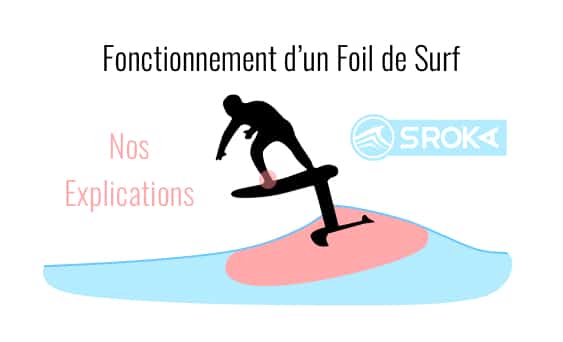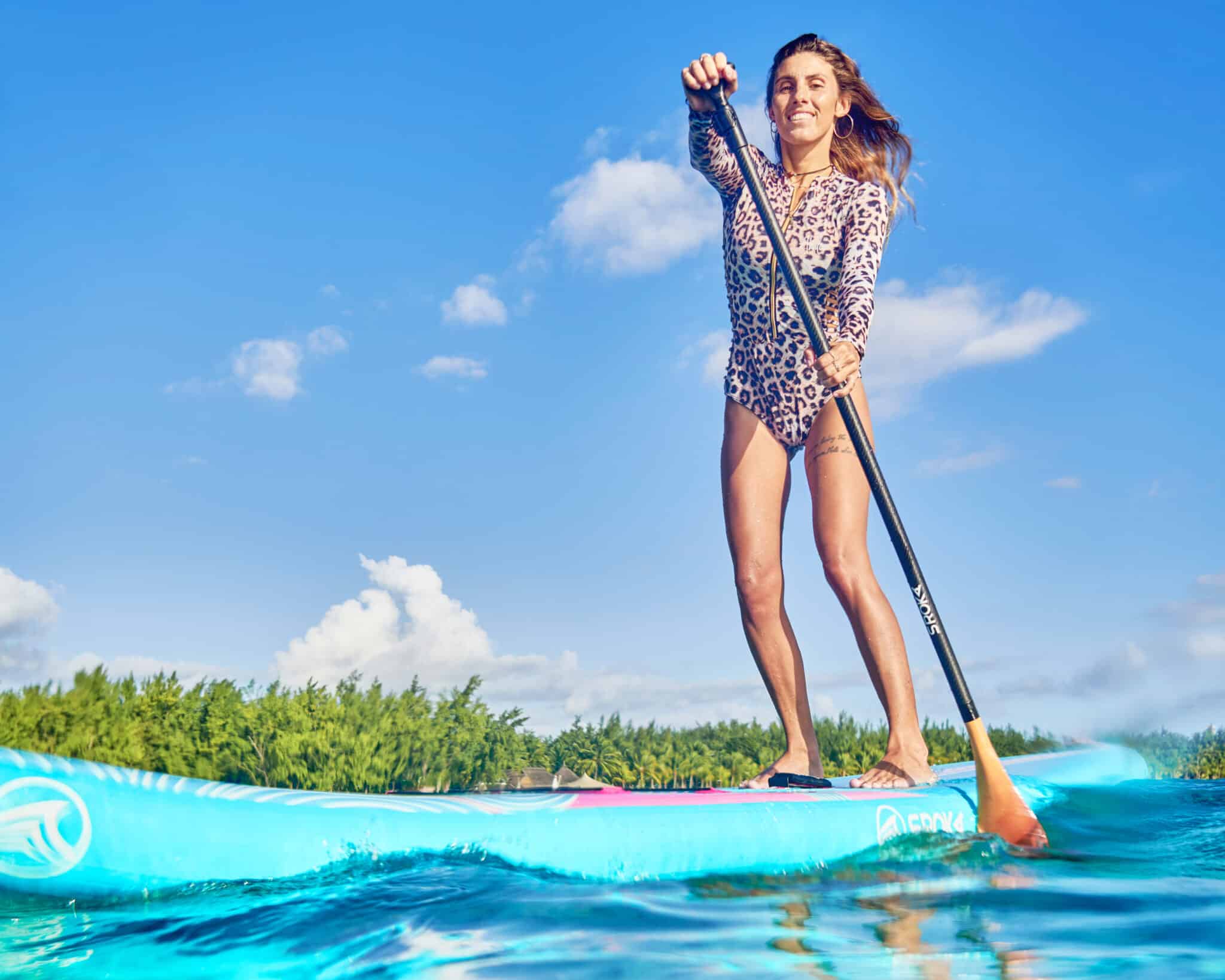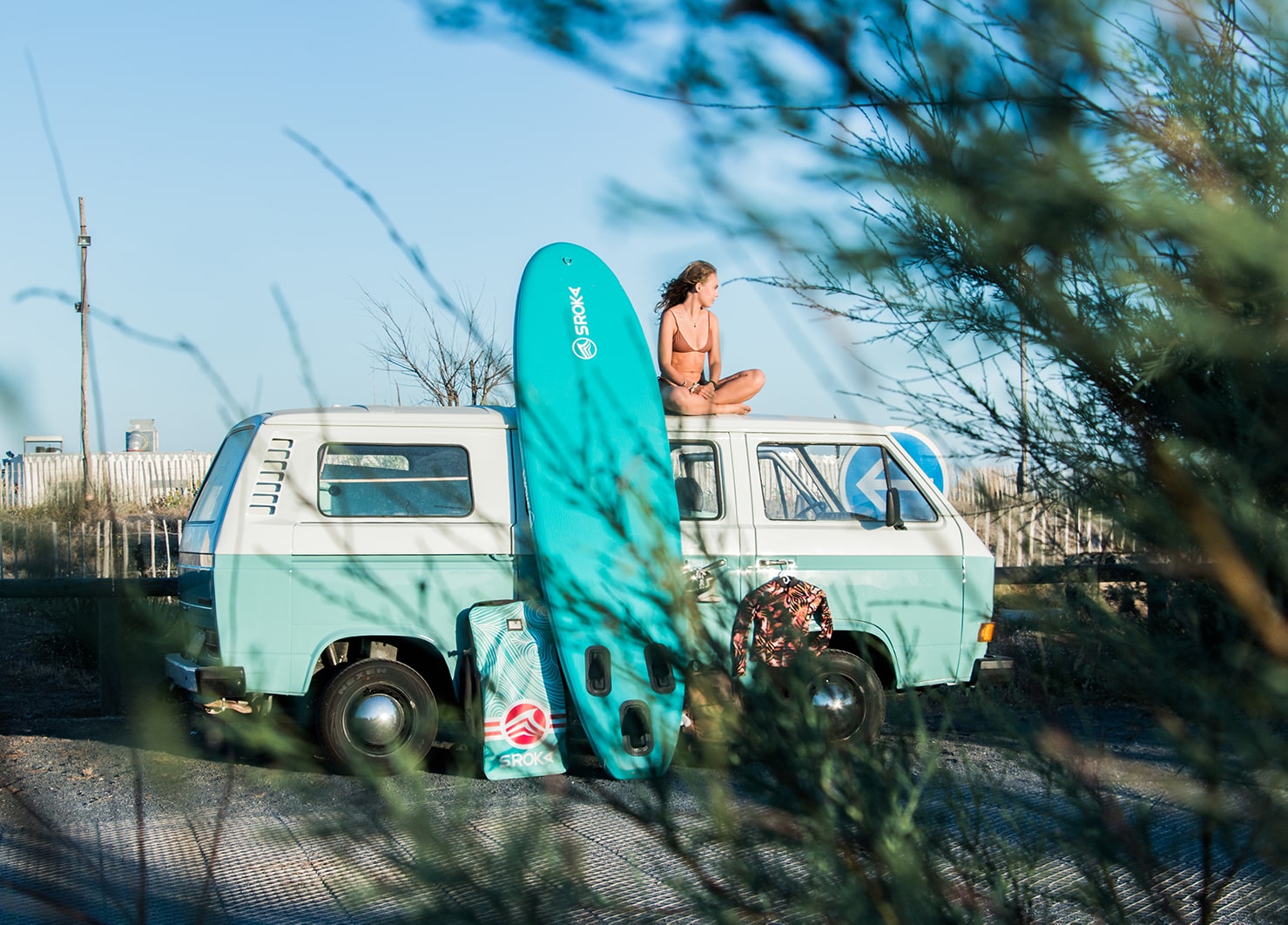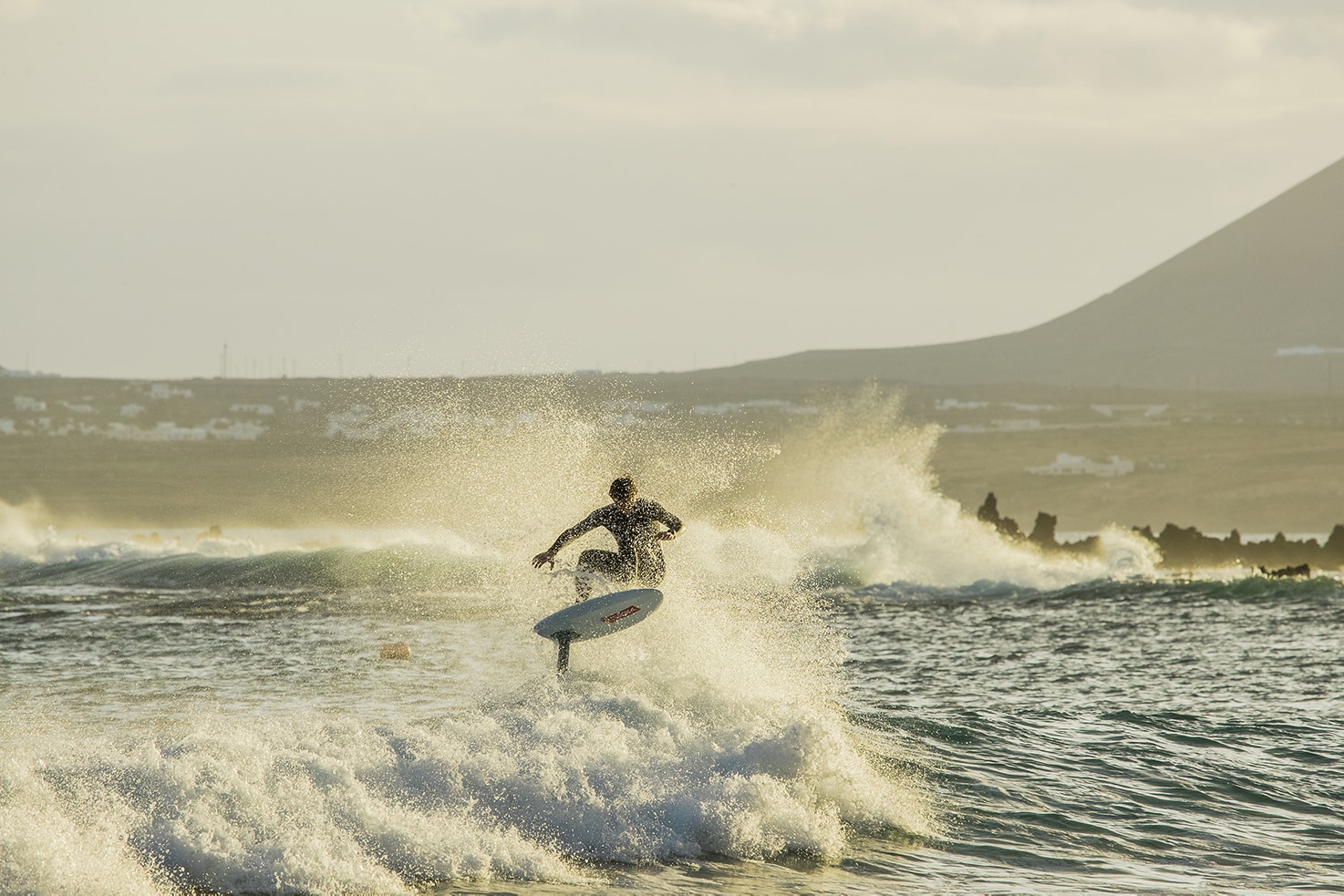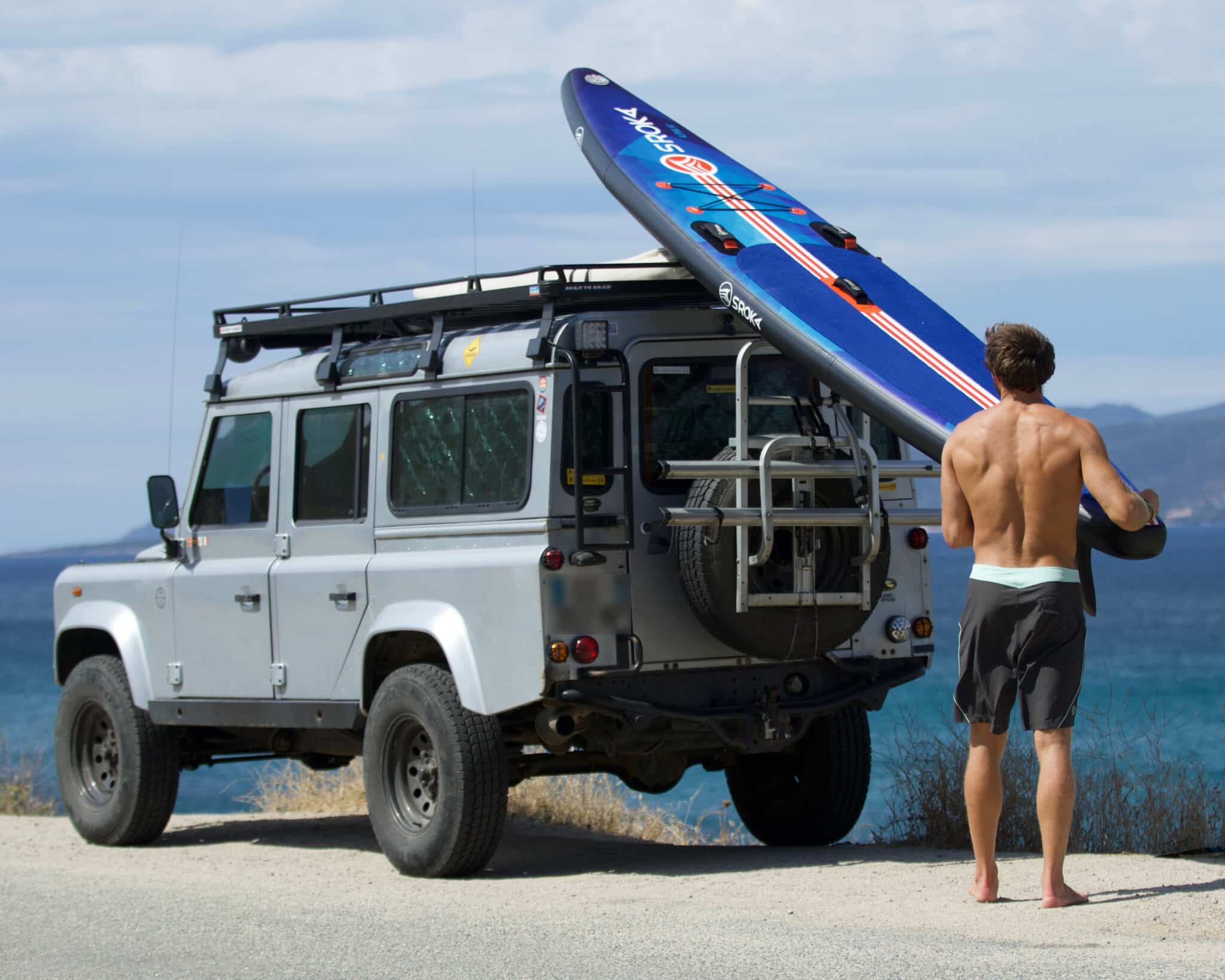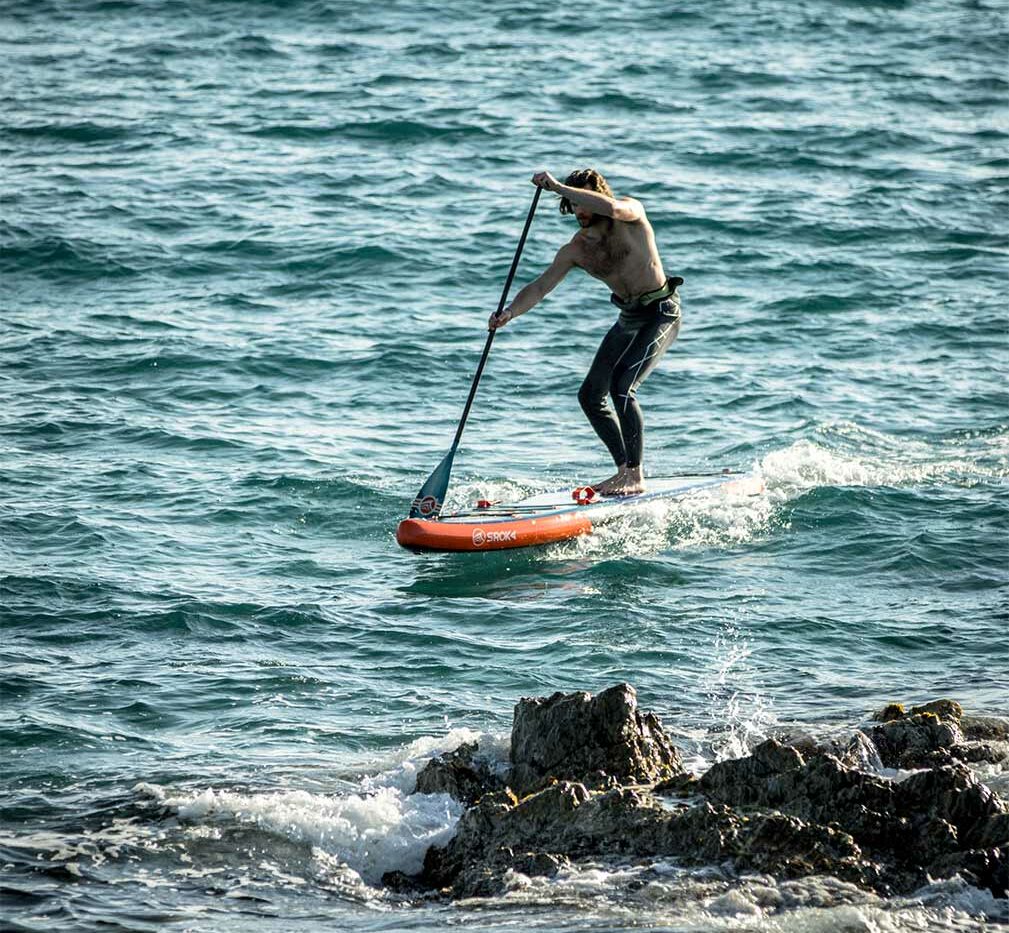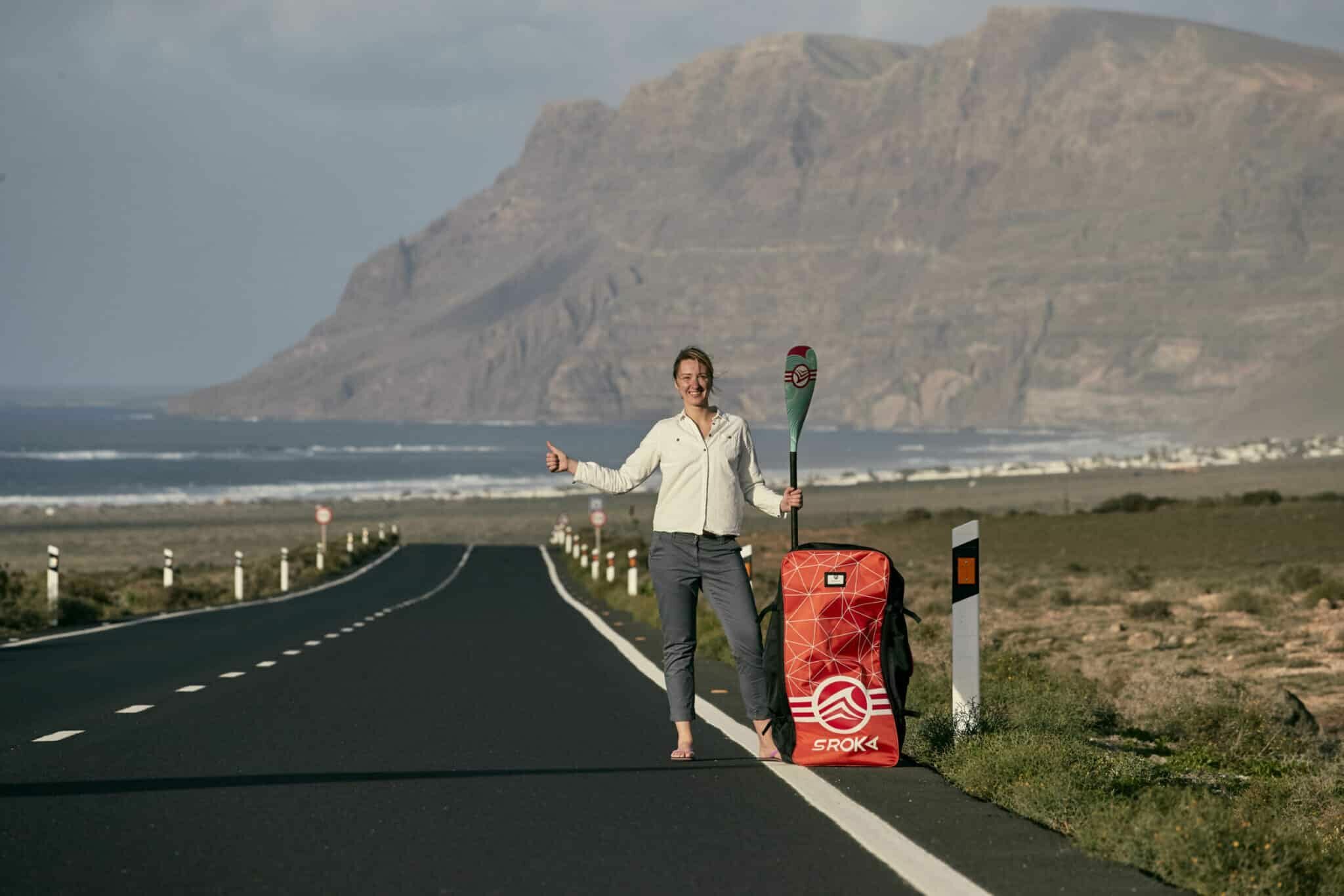 LE MAGAZINE
LE MAGAZINEWhich muscles are involved in paddling?

Which muscles are involved in paddling?
Did you know that stand up paddleboarding is a great way to strengthen your body? Not only does this activity allow you to escape on the water, but it also engages many of your body’s muscles. To maximize the results of your paddle session and sculpt your figure, it is essential to know which muscle groups are involved. Through this article, we guide you to the muscles used during paddle boarding, as well as the benefits for your body.
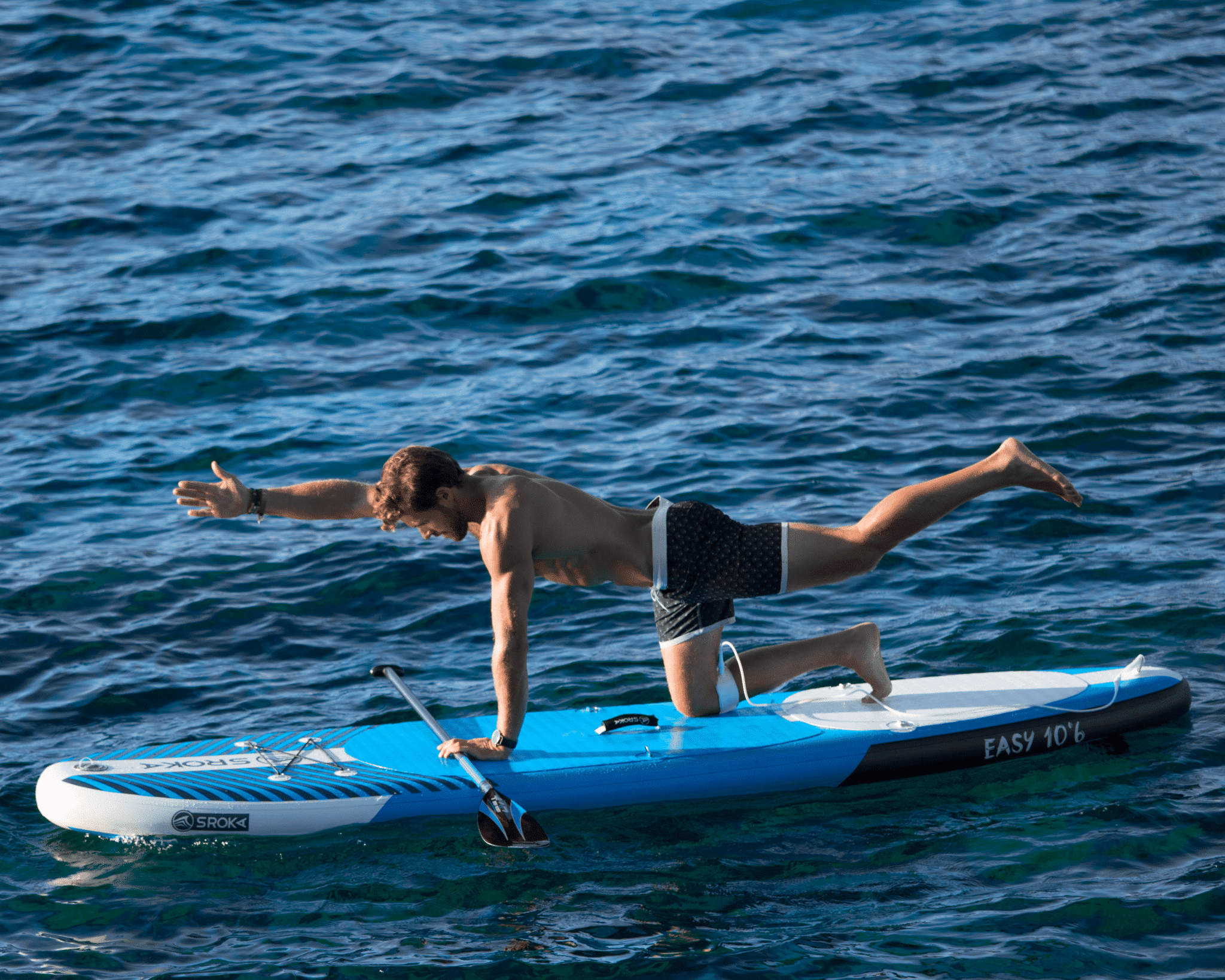
Upper body muscles
Paddleboarding is an excellent physical activity for working the muscles of the upper body in depth, toning and strengthening them, without the risk of injury.
- The back is certainly the part of the body most in demand when paddling. Paddling forward requires a pulling action that calls on the muscles of the lumbar spine, trapezius and rhomboids.
- When paddling, balance is ensured by the contraction and relaxation of the abdominal muscles. These muscles allow your body to find its balance point on the board. What’s more, when you’re paddling, your upper body needs to stiffen up, and that’s when your abdominal muscles come into play, contracting.
- The shoulders are also very stressed during paddle boarding and are the link between your abdominal and back muscles. Paddling movements transmit effort from your abdominals to your lats and involve the deltoid and pectoralis major muscles, which work synergistically to allow shoulder rotation and paddle thrust. You’ll quickly notice that the paddle tends to pop out of the water when you pull it back towards you. In this case, your shoulders should exert light pressure on the shaft to keep the paddle blade submerged.
- Finally, the arm muscles, especially the biceps and triceps, are also involved in the paddling motion, while the forearms are used to maintain a firm grip on the paddle.
Lower body muscles
Paddleboarding involves not only the muscles of the upper body, but also those of the lower body, due to the instability of the board. Indeed, to maintain balance on the board, you need to constantly adjust your position on the board, using your leg muscles, particularly the hamstrings, and your glutes. By bending your knees slightly, you strengthen the muscles of your ankles, hips and thighs.
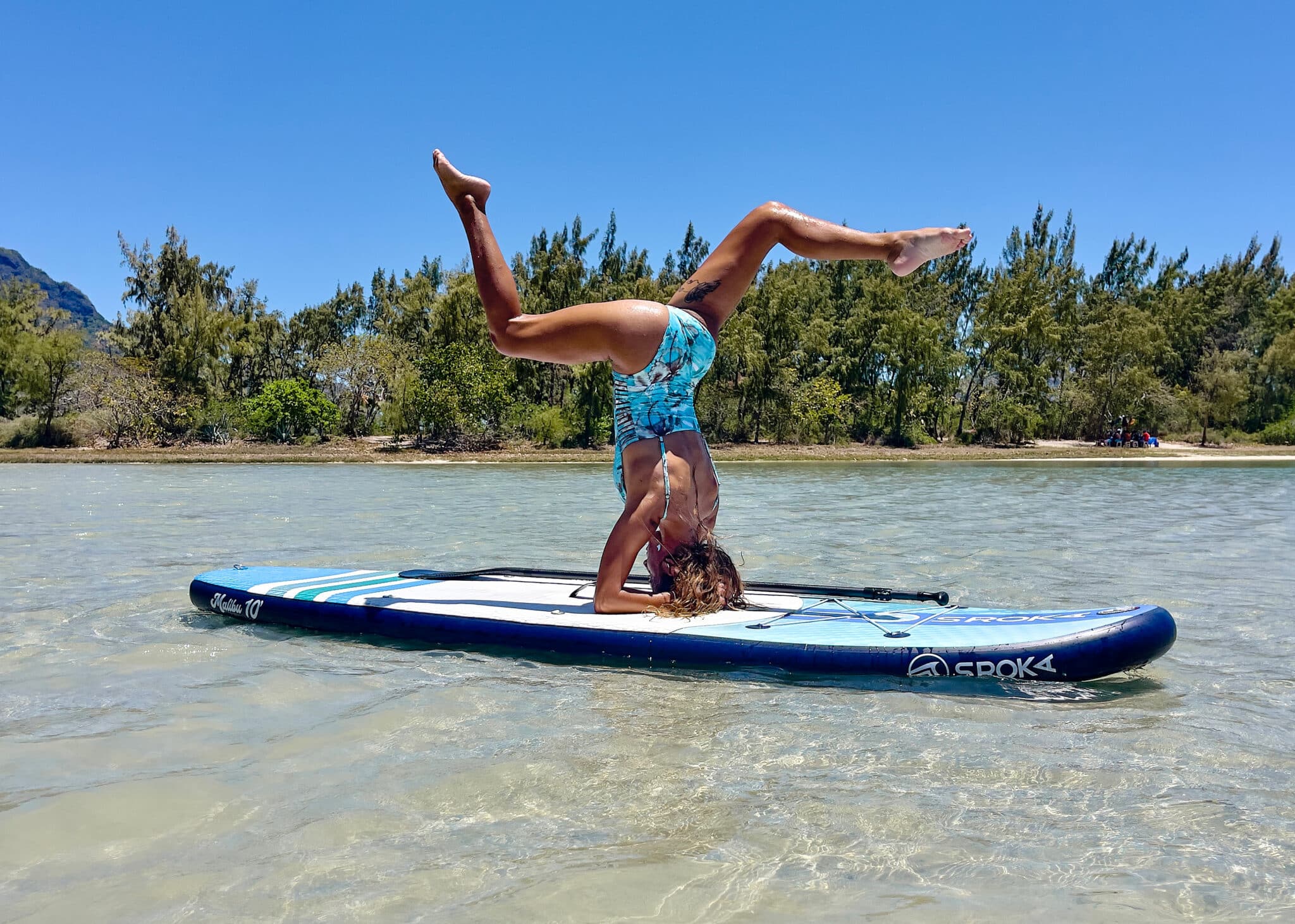
The benefits of paddling for the body
Paddleboarding offers a host of benefits for the body, particularly in terms of muscle strengthening. This water sport involves a wide range of muscle groups, from head to toe, and provides effective overall strengthening of the whole body, without the risk of muscle or joint trauma. By working the muscles of the back, shoulders and arms, you can improve your stability, power and endurance.
As well as strengthening muscles, paddling also helps to improve and maintain an upright, balanced posture, which can help prevent lower back pain.
Finally, regular paddleboarding can have beneficial effects on heart and lung health. This popular sport increases cardiorespiratory endurance and reduces the risk of cardiovascular disease.
Tips for optimizing the muscles involved in paddling
- To optimize the muscles involved, it’s important to position your body correctly on the board. Make sure your feet are slightly apart to increase your stability, and bend your knees to reduce the impact on your joints. Keep your back straight and shoulders relaxed to avoid muscle tension.
- As with any discipline, a warm-up is essential ! Dynamic stretching and joint mobilization of the upper and lower limbs will help you prepare your body for the efforts ahead, improve your flexibility and reduce the risk of injury.
- Final tip: take your time. Paddleboarding is a physically demanding activity, so it’s important not to overestimate yourself by going too fast, and to give your body time to adapt to the effort.
Good technique and sustained effort are the keys to good paddling. According to sports coach Frédéric Loubeau, paddling is a complete activity that can be combined with a number of different disciplines, including pilates, cardio-training and muscle strengthening. With good physical condition and regular practice, you can improve your stamina, figure and technique, making your paddling sessions longer and more fun!
 Le Magazine
Le Magazine



